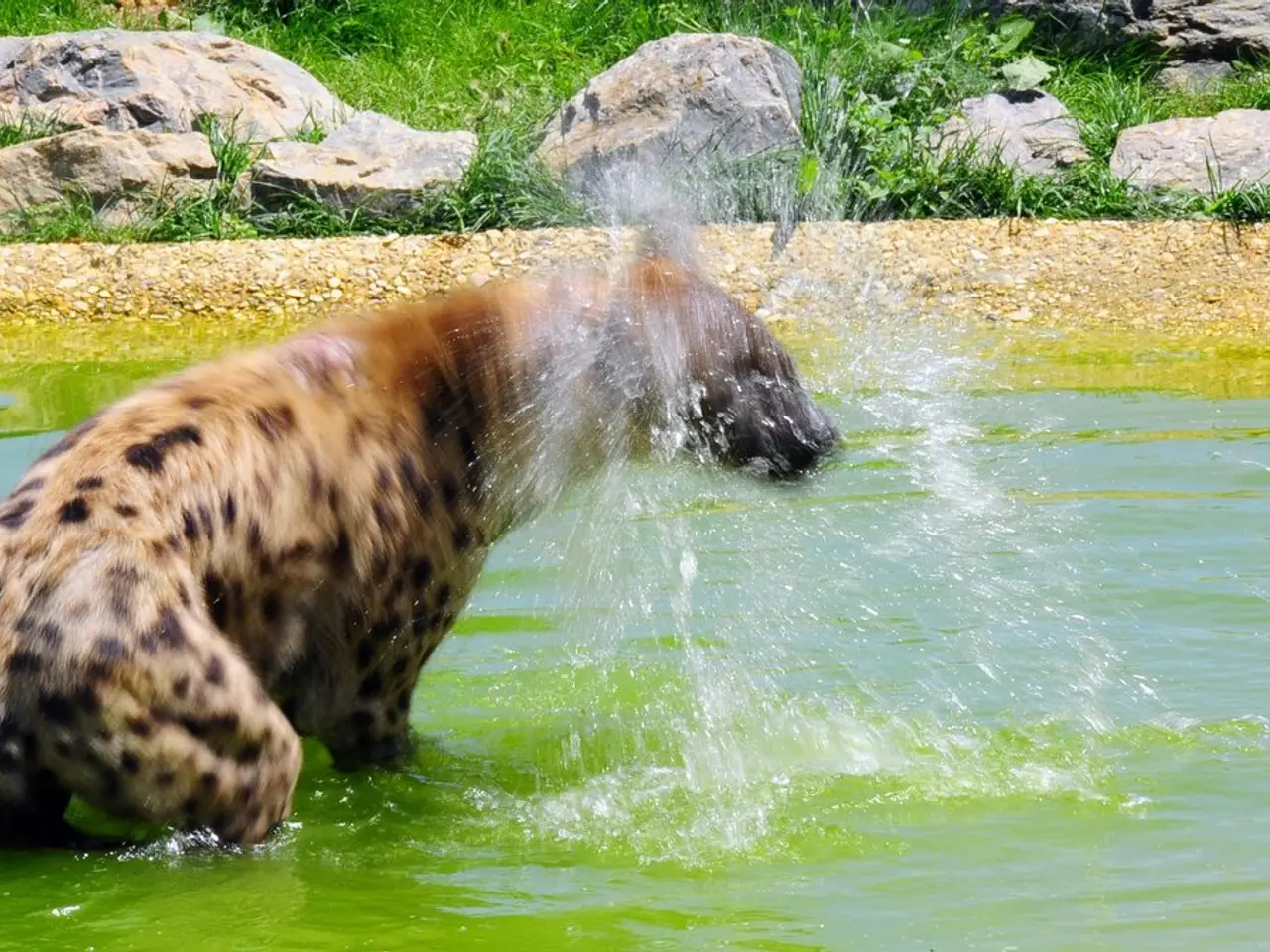Significance of City Greenspaces for Wildlife Well-being
In the heart of bustling cities, urban green spaces serve as vital sanctuaries for a diverse array of wildlife species. These areas offer shelter, food, and opportunities for breeding and migration, creating functioning ecosystems that allow species to maintain healthy populations.
From birds and insects to mammals and amphibians, urban green spaces support a wide range of wildlife. Trees and plants in these spaces help absorb pollutants like carbon dioxide, nitrogen dioxide, and particulate matter from the air, improving air quality for both wildlife and humans.
Pollinators, such as bees and butterflies, play a key role in ensuring that plants in urban green spaces can reproduce and maintain the diversity of species found within them. By prioritizing the preservation and enhancement of urban green spaces, cities can ensure that wildlife remains healthy and that biodiversity continues to thrive in urban environments.
Successful measures to improve urban green spaces include AI-optimized irrigation systems to reduce water use and increase vegetation health, the use of biochar in parks to enhance water retention and soil nutrient exchange, and large-scale planting of climate-resilient trees, flower meadows, and shrubs. These initiatives, such as the Green Ring project in Duisburg, create valuable habitats for insects and birds.
Urban green spaces also create wildlife corridors, allowing animals to move between isolated pockets of habitat, reducing the negative effects of habitat fragmentation. Green roofs, urban farms, and community gardens can be incorporated into city designs, expanding the available habitat for wildlife and offering new ways for people to engage with nature and support local ecosystems.
To better support wildlife health, urban green spaces should be thoughtfully designed and maintained, with native vegetation planted and wildlife corridors created to connect with other natural areas. Cities can help safeguard biodiversity by avoiding the use of invasive species and promoting native vegetation in urban green spaces.
Urban green spaces play a crucial role in combating the heat island effect, cooling down cities and creating a more favorable microclimate for wildlife and human residents. Parks, wetlands, and other green areas provide essential resources for urban wildlife, contributing to their survival, particularly as natural habitats become fragmented or destroyed by urban sprawl.
In addition, urban green spaces offer opportunities for ecological research and education, providing a platform for studying how species adapt to urban environments and the impact of urbanization on biodiversity. Plants and trees in these spaces contribute to the local food web by supporting herbivores, which in turn provide food for predators. The presence of green spaces can also have a positive effect on soil health, as plants help stabilize the ground and prevent erosion, supporting a variety of soil-dwelling organisms.
Urban green spaces provide critical ecosystem services, such as air and water purification, temperature regulation, carbon sequestration, and noise reduction, benefiting both wildlife and humans. By preserving and expanding these green areas, cities can safeguard biodiversity and prevent the decline of species that might otherwise struggle to survive in urban environments.
Read also:
- Peptide YY (PYY): Exploring its Role in Appetite Suppression, Intestinal Health, and Cognitive Links
- Toddler Health: Rotavirus Signs, Origins, and Potential Complications
- Digestive issues and heart discomfort: Root causes and associated health conditions
- House Infernos: Deadly Hazards Surpassing the Flames








